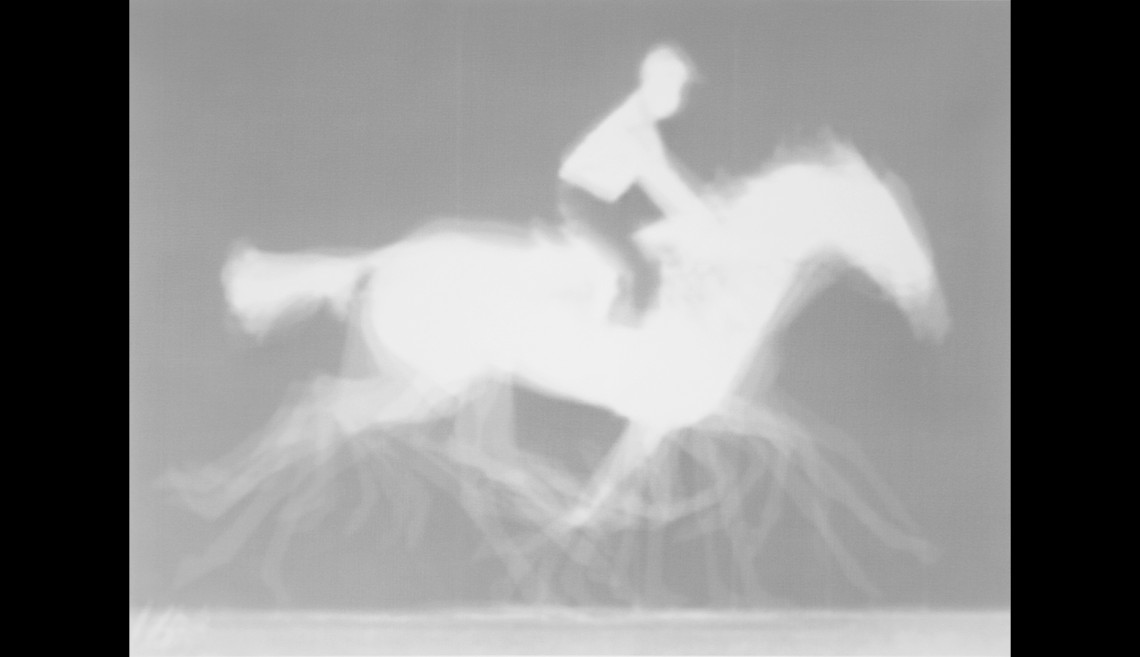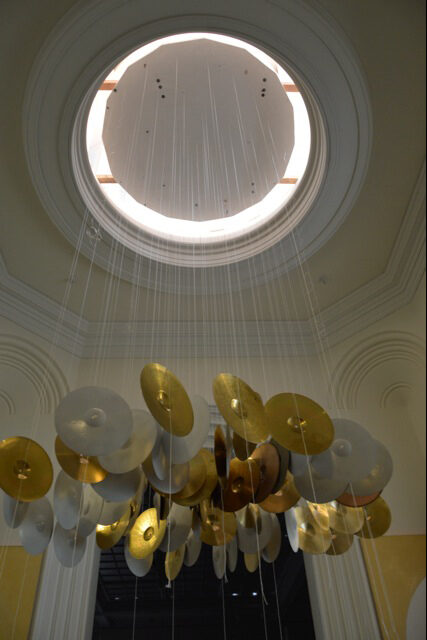 Greg Stimac
Greg Stimac
2013 Stanford MFA Thesis Exhibition opens at the Art Gallery
Five graduating artists address issues ranging from the personal and psychological to the social and political.
The Department of Art & Art History is pleased to present the 2013 Stanford MFA Thesis Exhibition on view May 14 to June 16, 2013, with an opening reception on May 15, 5:30-7:30 p.m. at the Thomas Welton Stanford Art Gallery.
This exhibition features the MFA Thesis artwork of five graduating artists: Ben Bigelow, Chris Duncan, Terry Powers, Greg Stimac and Dawn Weleski.
Curator, Xiaoze Xie, remarks that the artists “working across different ideas, forms and media, address issues ranging from the personal and psychological to the social and political in ways that are both innovative and provocative. What they share, moreover, is a deep concern with subject matter as a paramount element in their practice, making art that speaks about and engages the real world.”
Ben Bigelow
Ben Bigelow uses video as his medium, and in his new feature-length work, The Grid, he skillfully executes through digital manipulation montages that creates a space of drama that transforms natural and artificial environments into a kind of stage. His work renders real and virtual objects as props, and even though the video is rich with images and special effects, emptiness permeates the clean, almost surreal environment.
Bigelow’s work approaches existential questions about spiritual progress and reality and virtuality through topics including cloud computing, corporate advertising, magic tricks and jazz standards.
Chris Duncan
There are three formal strategies in Chris Duncan’s work that are omnipresent: balance, repetition, and accumulation. With minimalist and maximalist tendencies, which play out in varied degrees throughout Duncan’s practice, he uses these ideas to develop his own interpretation of abstraction that take form in painting, drawing, and installations.

For his new sculpture, Duncan combines cymbals, plaster casts and other materials to produce sound from the oscillation of these objects. Hard to miss, the installation fills the architectural space in the gallery entrance with a poetic resonance that invites a deeply physical experience for the audience.
Terry Powers
Terry Powers new body of work, a departure from abstraction that embraces realistic, figurative presentations, is a series of adolescence still life paintings that highlight the objects one would find in grammar and high school – crumpled pieces of paper, broken pencils, and spilled glue – that conjure up embarrassing memories of self discovery. Power’s seductive renderings, both playful and at times disorienting, are charged with complex symbolic meanings that recall the viewer’s own feelings of anxiety, frustration, and emerging sexuality during the adolescent experience.
Greg Stimac
Greg Stimac, a conceptually driven artist who works with photography and video, explores ideas of Americana in a series of iconic motifs such as Fourth of July fireworks, a portrait of George Washington and a pair of well-worn cowboy boots.
In the piece A Good Horse, Stimac digitally projected all 24 frames of Eadweard Muybridge’s foundational, Stanford-commissioned photo experiment Sallie Gardner at a Gallop (1878) onto a single sheet of photosensitive paper. In this single, spectral image, Stimac consecrates not only the phases of a single motion, but also 135 years of photographic representation. The legendary railroad spike driven in 1869 by Leland Stanford to unite the Central Pacific and Union Pacific Railroads appears in the Golden Spike/Last Spike series of photograms as a sliver of blank white space, a void into which we project a historical fantasy of westward progress.
Dawn Weleski
Dawn Weleski’s practice administers a political stress test, antagonizing routine cultural behavior by re-purposing underground brawls, revolutionary protests, and political offices as transformative social stages. Weleski activates and broadcasts the stories of individuals and groups in experimental public performances, where conversation is her process and people are her medium.
Fascinated by Condoleezza Rice’s role in the Bush Administration during the Iraq War, Weleski’s project, Condi Undone, consists of a “documentary” with scenes of Rice’s personal life displayed, a curriculum developed and taught by Weleski mirroring Rice’s class at Stanford, and a mock press conference on Saturday, June 8th in the Gallery.
